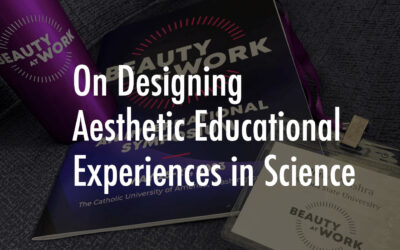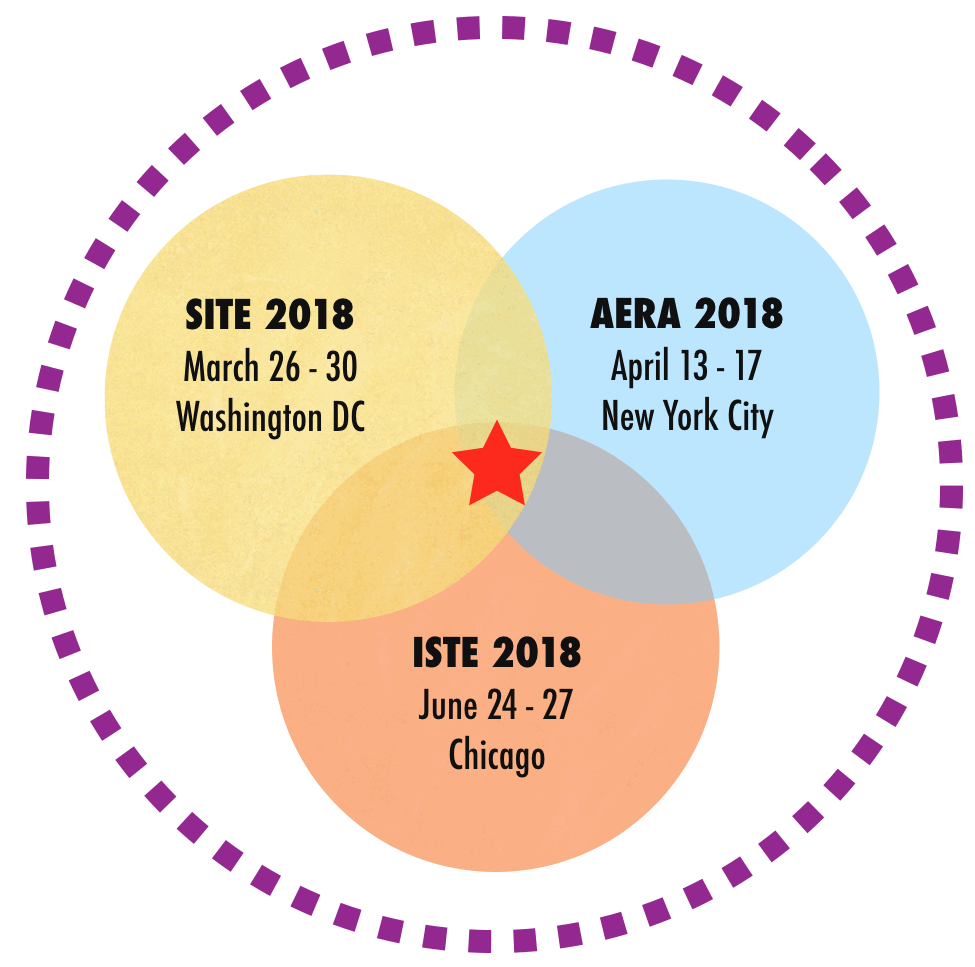
In a couple of previous blog post (Student engagement in school, the tale of 2 graphs and Understanding student engagement) I wrote about the findings of a recent Gallup Poll on student engagement. The first post was concerned with how the data were represented and the second focused on the actual items to measure student engagement.
@ewilliams65 (Eric Williams, a friend and a Superintendent in Virginia and one of the more innovative and forward-looking administrators I know) wrote a blog post (Gallup’s five questions regarding student engagement) in which he takes me to task (mildly, I must add) for questioning whether “the five items that Gallup used were the best measure of student engagement.” Now I respect Eric a great deal and when he questions me, I look inward, since I know he comes at his conclusions extremely thoughtfully — and also because his blog is titled Promoting Student Engagement, which makes him an expert on the topic, more than what I can say about myself :-).
In brief, Eric argues that (a) measuring student engagement is important in that “asking students about their level of engagement can provide rich information to guide our efforts to engage students in meaningful work.” and (b) that the items do measure what is important regarding student engagement.
As it turns out I strongly agree with point (a). I think it is great that Gallup has chosen to focus on student engagement. Just seeing my kids as they move through school, has highlighted for me just how important engagement is. So no disagreement there.
Also, I agree with all the points that Eric makes regarding the items. I see the five items as being necessary for student engagement. If the student does not feel safe in school or does not have a friend there, there is little chance of engagement. However, I doubt that these are sufficient. The other three items get at the complex issue of engagement a bit better – and Eric makes a good argument for each (with a pertinent caveat to the item on teacher recognition/praise could possibly being a double-edged sword) and somewhat agrees with me on the importance of valuing schoolwork but possibly asking students directly about it rather than in terms of “teachers making [them] feel that it is important.”
The item I feel most comfortable with, and one that gets to what I think is the core of engagement is the one that seeks to find out if students “have the opportunity to do what [they] do best every day.” This connects with intrinsic motivations as being drivers of engagement and as Eric rightly says, “we can build engagement with opportunities for students to experience a sense of mastery, a sense of being in the zone.”
So do Eric and I agree completely on everything. I think it is just a question of degree than substance. My criticism of the Gallup’s questions is really about my sense that the questions did not go far enough to probe student engagement. There were no questions about their engagement with learning, about forming deep-relationships with subject matter /content they were learning (which also connects with their developing identities), about being challenged but at the right level (the idea of Flow and being in the Zone, Eric mentioned) and so on.
So if I have any criticism of the study is that the 5 items used in the study, barely scratch the surface of a complex construct and that we need to do better if we have to truly get a measure of student engagement. I think that Eric would agree with me on the points I have made above. I say this with some confidence after reading some of the other blog posts he links to at the end of his posting which indicate a sophisticated and complex take on the idea. In particular I recommend these two:
Consider for instance these quotes, taken form the second link above
Engagement in learning “happens when students are passionately connected with the learning.”
When I think of engagement, I think of flow–completely losing yourself in what you are doing because it’s so engrossing or challenging.
Authentic engagement leads to deeper, longer-lasting understanding. This occurs because students are more likely to analyze, synthesize, and apply information rather than just memorize it. They ask better questions and make better connections. They persist when work is difficult, leading to greater understanding.
It is words like passion, flow, deeper longer-lasting understanding, persistence that I do not see reflected in the items currently. This in no way undermines the value of what Gallup has done here. This is a great first step and I would hope that with time we would develop better instruments that probe these issues a bit deeper.




0 Comments